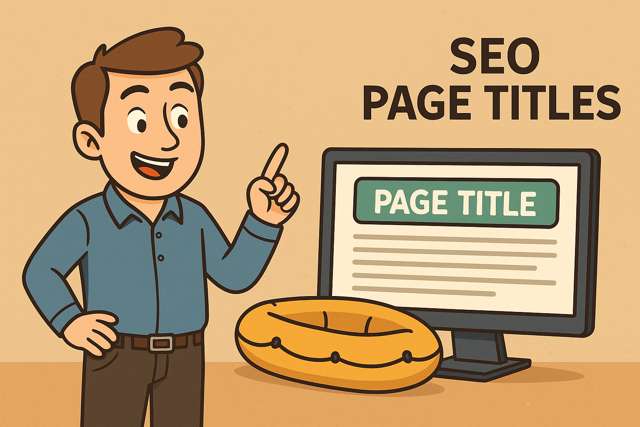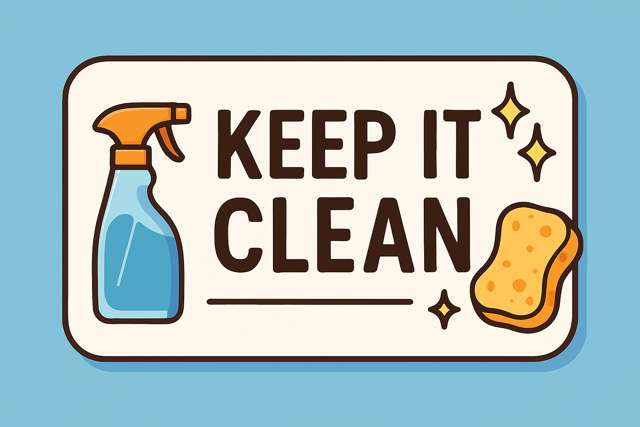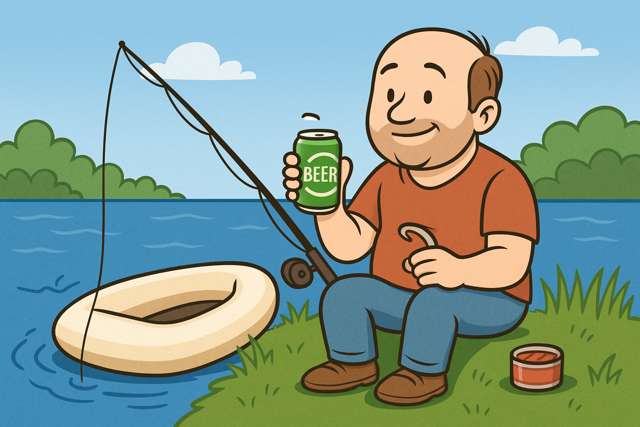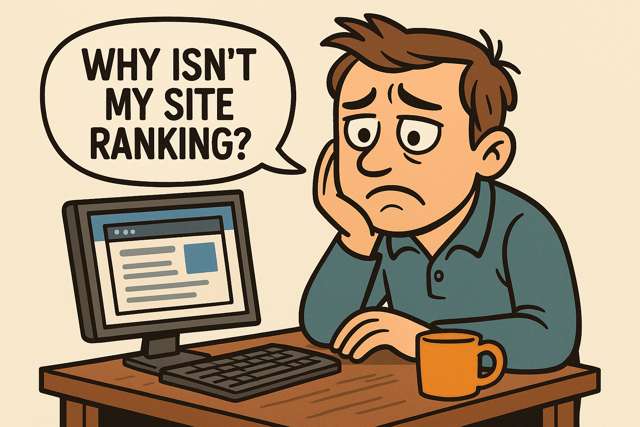Introduction: What Is On-Page SEO?
On-page SEO is like tidying your house before guests arrive — but the guests are Google’s bots, and they judge everything. If your titles are messy, your images unlabeled, and your content confusing, you’re basically serving tea in a toilet.
I’m quite clever — well, on a lower level — but my brain finds it hard to comprehend all this technical bullshit… phases, tags, meta nonsense. So I’ll do my best to explain it like a simpleton. Me!
Let’s break it down like this: on-page SEO is anything you can control on your website to help Google understand what your page is about, why it matters, and why it should rank higher than Darren’s cobbled-together nonsense.
But that’s only half the story — off-page SEO covers everything happening away from your site, like backlinks, brand mentions, and reputation signals. You can’t fully control it, but it still plays a big part in how Google ranks you.
1. Page Titles That Actually Say Something

Your page title is the first thing Google and users see. It’s got to scream, “this is what my page is about.”
Bad: “Home”
Worse: “Page 1”
Good: “Buy Affordable Fishing Rods – UK Tackle Shop”
The title should include the keyword you want to rank for and something unique that makes users click. Think of it as your site’s pick-up line. If it’s boring, vague, or off-topic — swipe left.
Where it goes:
htmlCopy<head>
<title>Darren’s Discount Fishing Rods – Buy Online</title>
</head>
Pro Tip: Keep it under 60 characters or Google will chop it off mid-sentence like Darren’s last haircut.
2. Headings (H1, H2, H3…)
Proper headings = proper structure. Google scans your site like a table of contents.
- H1: The big one — the page’s main headline. Use only one.
- H2: Section headings — break your content into chunks.
- H3: Subpoints under your H2s. Don’t go mad with H4s unless you’re writing a thesis.
Example:
htmlCopy<h1>Darren’s Fishing Tackle Shop</h1>
<h2>Our Rods</h2>
<h3>Carbon Fibre Rods</h3>
Bonus: Clear headings help users skim-read, which they all do. Especially Darren.
3. Meta Descriptions That Don’t Sound Like a Robot
Meta descriptions are the little blurb under your page title in search results. This is your chance to make a pitch. So pitch!
Bad: “We sell quality fishing rods.”
Good: “Fishing rods, reels, and bait — affordable and fast. Delivered from the UK. No gimmicks, just solid tackle.”
Where it goes:
htmlCopy<meta name="description" content="Affordable fishing rods, reels, and tackle from Darren’s shop. No gimmicks, just solid gear and fast delivery.">
Google might rewrite it — but that’s no excuse to half-arse it.
4. Using the Right Keywords Without Sounding Like a Twat
Keywords are what people type into Google. You want to be the result they find. But don’t stuff them in like you’re cramming biscuits in your pocket.
Use them:
- In titles
- In headers
- In the first 100 words
- In image alt tags
- Naturally throughout the copy
Tools like Google Autocomplete, AnswerThePublic, or Ubersuggest will help you spot real searches from real people.
Bonus Tip: Long-tail keywords (like “best carp fishing rod under £100 UK”) are easier to rank for than generic ones like “rods”.
5. Alt Text for Images (Because Google Can’t See)
Google’s blind. Literally. It can’t see images, only read descriptions.
Bad:
htmlCopy<img src="rod1.jpg" alt="image123">
Good:
htmlCopy<img src="rod1.jpg" alt="9ft carbon fibre carp fishing rod with cork handle">
Use alt text to describe what the image shows. It helps with SEO and accessibility. And no, “image.jpg” doesn’t cut it.
Extra Tip: If it’s a decorative image (like a background wave), you can leave alt blank.
6. URL Structure: Keep It Clean, Not Like Darren’s History

A messy URL is a red flag to both bots and users.
Bad:/product?id=7283&cat=fishing&sort=desc
Good:/fishing-rods/carp/9ft-carbon-rod
Use:
- Lowercase
- Hyphens-not_underscores
- Real words
- Keywords when it makes sense
Google likes predictability. And users like knowing what they’re clicking.
(more…)

